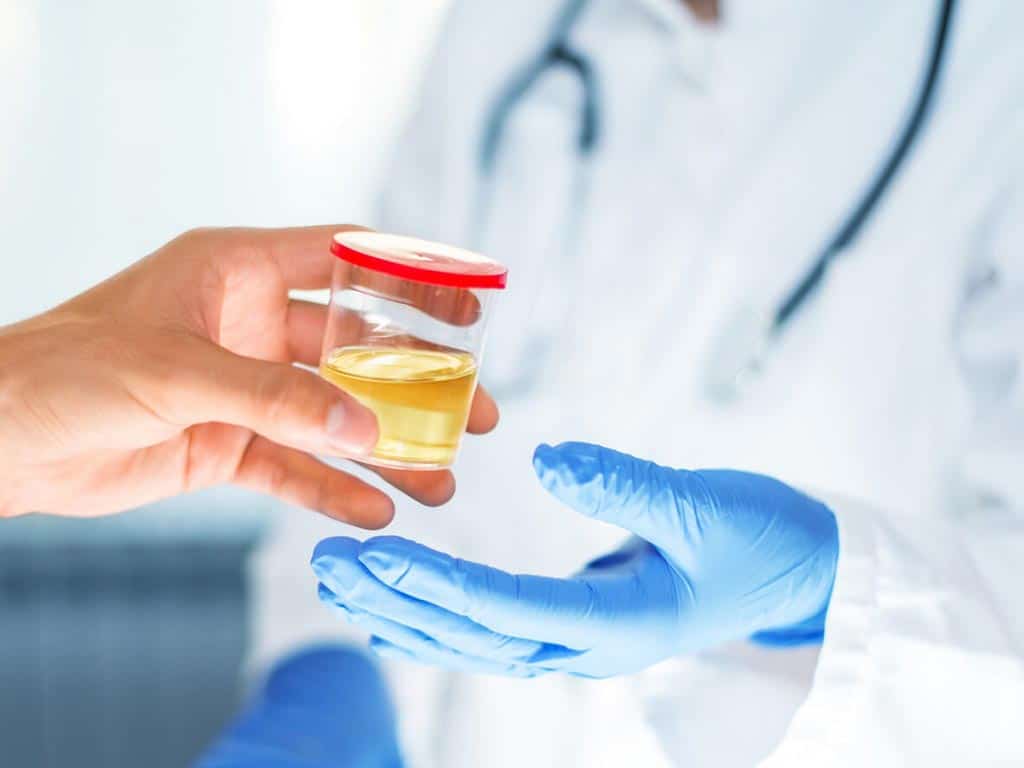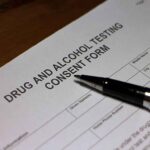
Drug and alcohol policy and procedure can include objectives like enhancing workplace safety and productivity and ensuring legal compliance. It may also outline explicit rules prohibiting the use, possession, or sale of illicit substances. Additionally, the policy may incorporate diverse testing methods such as urine, saliva, blood, hair, and breath tests. This proactive approach actively contributes to a secure and efficient work environment. It reinforces the commitment of the company to the well-being and integrity of its employees.
Drug and Alcohol Policy and Procedure – What Can Be Included in the Guidelines
Drug and alcohol policy and procedures can include objectives aimed at assessing substance use issues. Firstly, its primary objective is workplace safety, focusing on preventing accidents, injuries, and harm caused by impaired employees. Secondly, the policy strives to boost productivity by making sure everyone concentrates fully on their tasks. Lastly, it ensures compliance with all laws about drugs and alcohol in the workplace, thereby mitigating legal issues.
The policy may also have rules that usually limit certain activities. These include using, possessing, or selling illicit substances while on the job. It specifies which substances are strictly forbidden, such as illegal drugs, alcohol, and medications without a valid prescription. This is crucial in high-risk industries like transportation, construction, and mining occupations.
Furthermore, it is important to include the reasons for testing. This includes checking potential hires for drugs and fitness through pre-employment tests. Random testing deters substance abuse by keeping employees unsure about when they might face a test. If there is evidence or belief of impairment, reasonable suspicion testing provides a fair approach. Post-accident testing, done after a workplace incident, helps determine if substance abuse played a role.
Code of Behaviour for Employees
- Employees must stay free from the influence of alcohol or drugs while on duty.
- Employees are prohibited from possessing or distributing illegal substances or alcohol while at work.
- If employees witness impaired behaviour in their colleagues, they must promptly inform their supervisor.
- Employers must create and enforce workplace policies regarding alcohol and drug use.
- Employers must address alcohol and drug-related concerns to maintain a safe work environment.
- Employers need to ensure that employees understand the policies and consequences of policy violations.
- Regular communication and education about the risks and consequences of alcohol and drug use should be provided to employees.

Drug and Alcohol Policy and Procedure – Types of Tests
Drug and alcohol policy and procedures may include different types of tests for detecting the presence of various substances. Firstly, the most prevalent method is urine testing, which can identify substances within a 24-hour window. Another method is the ethyl glucuronide (EtG) test, capable of revealing alcohol consumption up to 80 hours post-ingestion.
Secondly, saliva tests are commonly employed for onsite screening. In this procedure, saliva samples are collected from the area beneath the tongue or inside the cheek. It has a detection period of 12 hours. Thirdly, hair follicle tests boast the lengthiest detection window among various methods. They are capable of identifying traces of substances within 90 days.
Fourthly, blood tests offer the highest precision by detecting substances within a 12-hour window. Alternatively, Carbohydrate-Deficient (CDT) and Phosphatidylethanol (PEth) tests can reveal alcohol consumption weeks before the test. Lastly, breath tests gauge Blood Alcohol Concentration (BAC) levels within a 24-hour timeframe after consumption. Overall, the choice of tests depends on various factors, including cost-effectiveness and accuracy.
Commonly Detected Substances
Drug and alcohol tests can detect a variety of substances based on the panels used in the analysis. The panels may include tests for alcohol, illegal drugs, and prescription medications. The analysis commonly identifies substances such as ethanol, cocaine, marijuana, amphetamines, opioids, and phencyclidine (PCP). These substances are addictive and have different effects.
Various alcoholic beverages contain ethanol, contributing to their psychoactive effects. Marijuana also possesses psychoactive properties due to compounds like THC (tetrahydrocannabinol). Cocaine, a stimulant drug, is notorious for its impact on the central nervous system. Opioids, while effective in alleviating pain, also carry a risk of dependence and addiction.

Drug and Alcohol Policy and Procedure – What Happens After a Failed Test Result
After a failed drug or alcohol test, the employer has several options on how to handle the situation. The company determines this through its drug and alcohol policy and procedure. One approach is to include a medical review process where the employee can contest the results and request a retest. In this process, a Medical Review Officer (MRO) will thoroughly study the test procedure and may ask questions to the employee before validating the final result.
Another action that the employer can take is to put the employee on probation as part of the disciplinary action for failing the test. During probation, which can last for several weeks or months, the employee needs to abstain from substance use. This period aims to help the employee demonstrate their commitment to remaining drug and alcohol-free in the workplace.
In cases where the employee has a substance use disorder, rehabilitation is an essential step. The employer may require the employee to undergo treatment to address their alcohol or drug dependency. However, if the employee refuses rehabilitation or fails to comply with the treatment program, termination may be the last resort.
Offering Assistance Programs and Recovery Options
Companies can support employees grappling with substance addiction by providing drug and alcohol treatment. A comprehensive treatment plan helps individuals take control of their substance dependence, mitigating the risk of relapse. It includes therapy sessions, counselling, rehab, medications, and regular testing to monitor progress.
The program also seeks to pinpoint safety risk factors contributing to abuse, enabling health professionals to customise a targeted treatment plan. Some may use a system that monitors progress from a distance to track individual improvement, encouraging accountability in the process. Ultimately, this approach helps people take back responsibility, making it easier for them to go back to work.
Conclusion
Drug and alcohol policy and procedures can include objectives to ensure workplace safety, productivity, and legal compliance. Additionally, it should encompass specific rules that limit activities like using illicit substances on the job, with a clear list of prohibited substances. The policy can also outline reasons for testing, such as pre-employment, random, reasonable suspicion, and post-accident testing. Various testing methods, like urine, saliva, hair follicle, blood, and breath tests, offer different detection windows.
Furthermore, the policy can include clear steps for handling failed test results. Options range from a medical review process allowing employees to contest and retest, to probation periods emphasising substance-free commitment. For those with substance use disorders, rehabilitation may be mandated, with termination as a last resort if compliance fails. Companies can aid recovery through comprehensive assistance programs. These programs may include therapy, counselling, and monitoring to support employees in overcoming addiction.





























